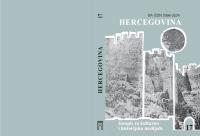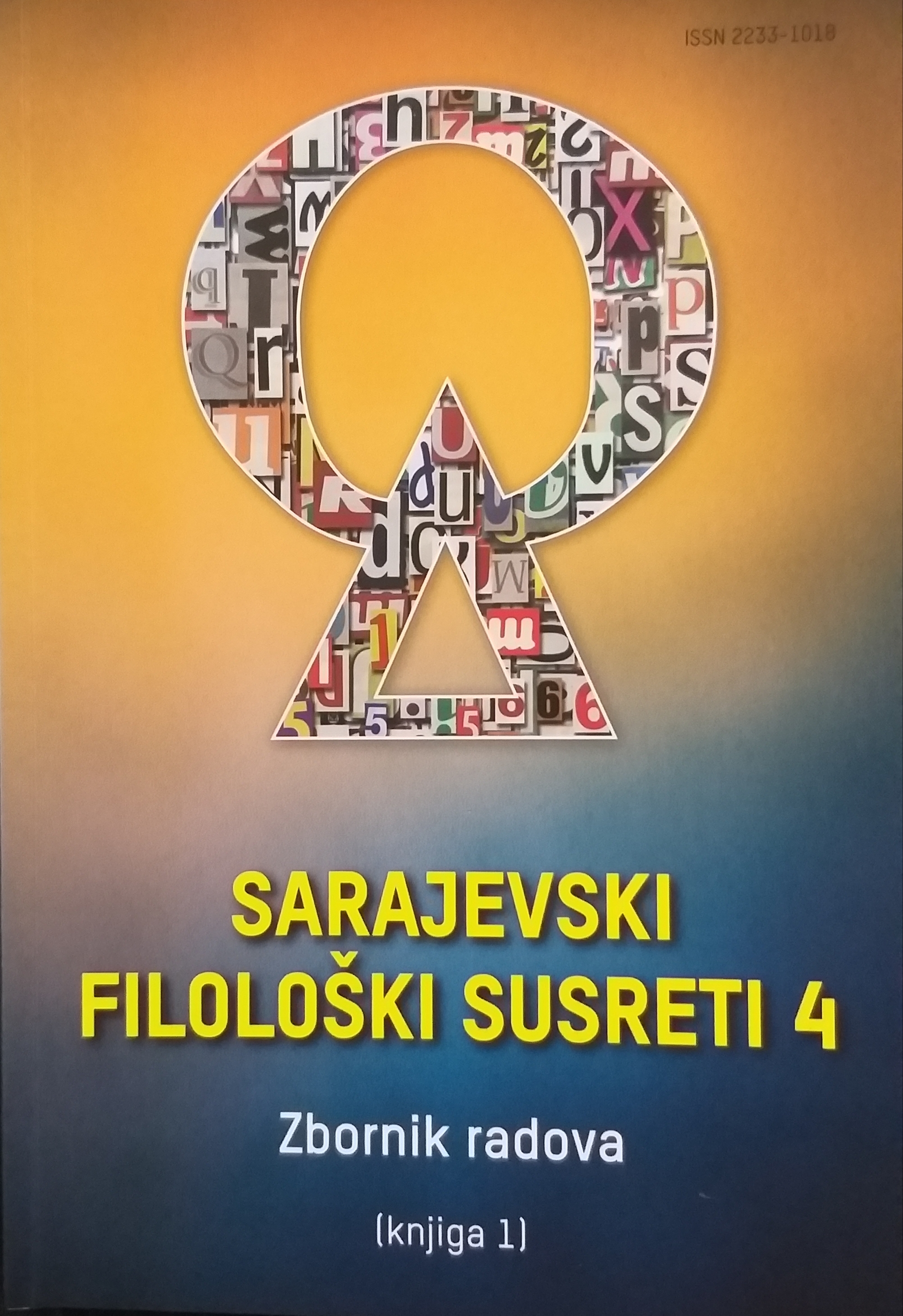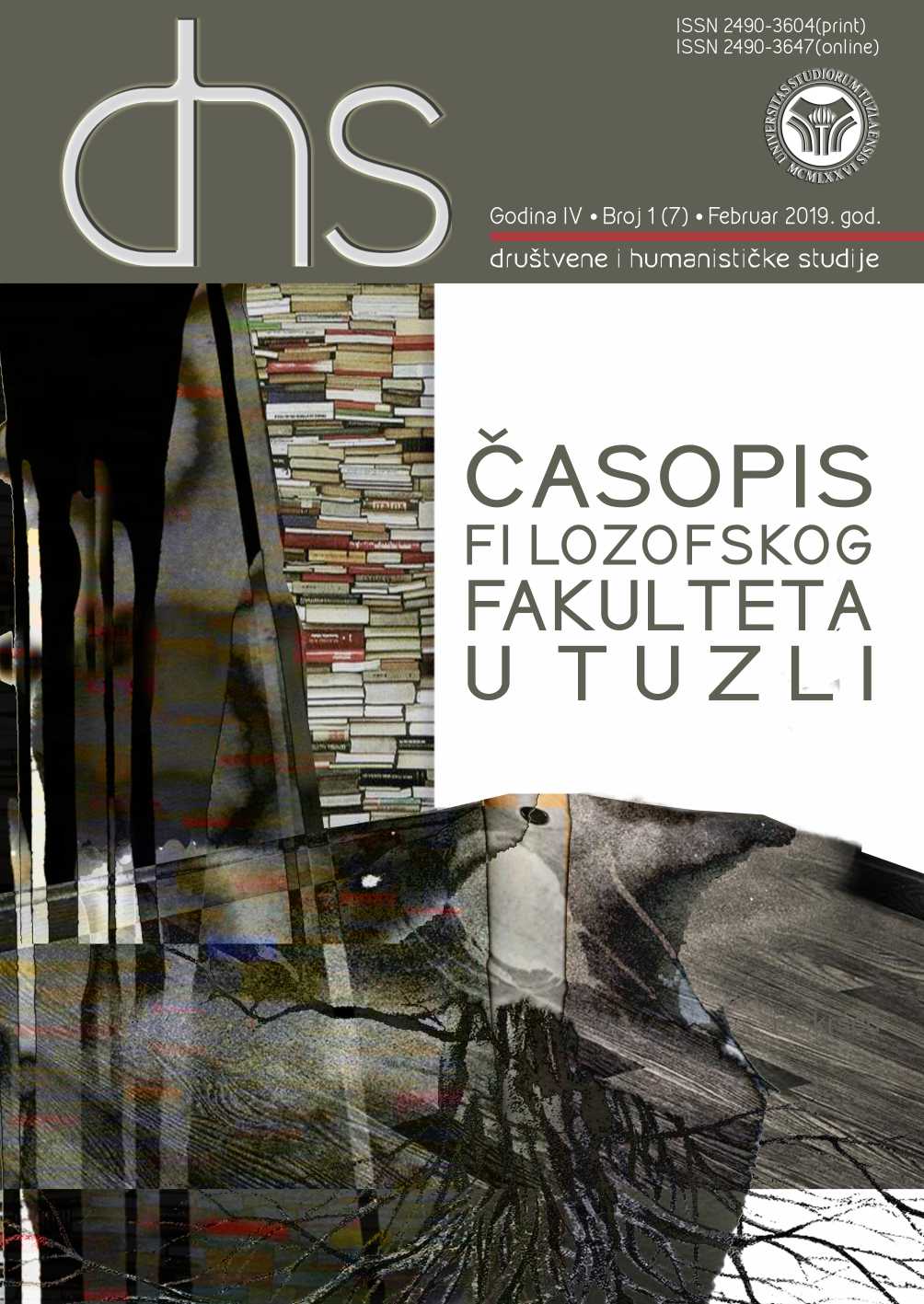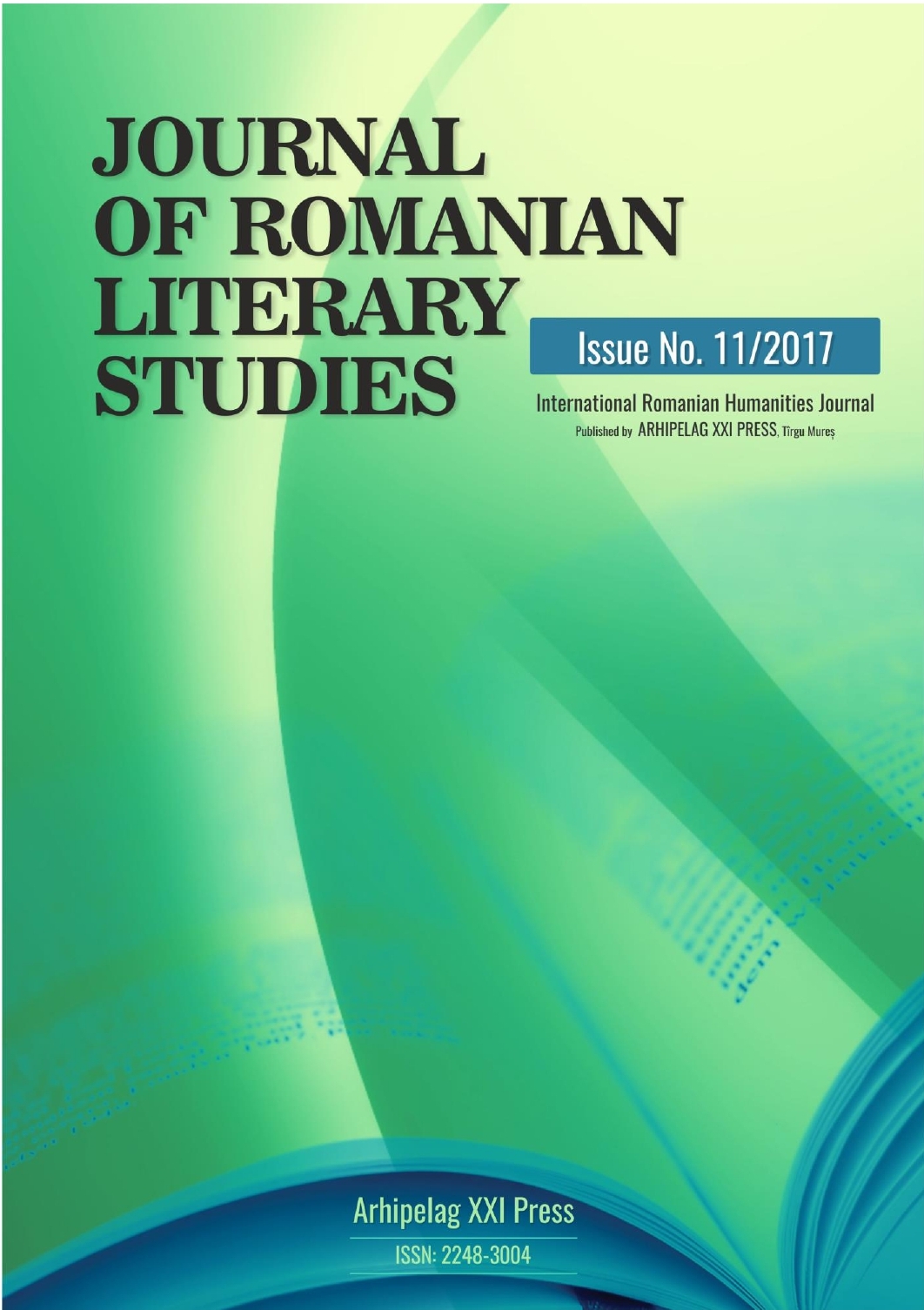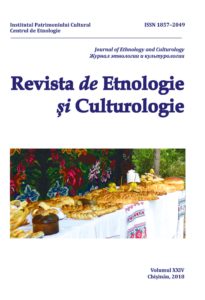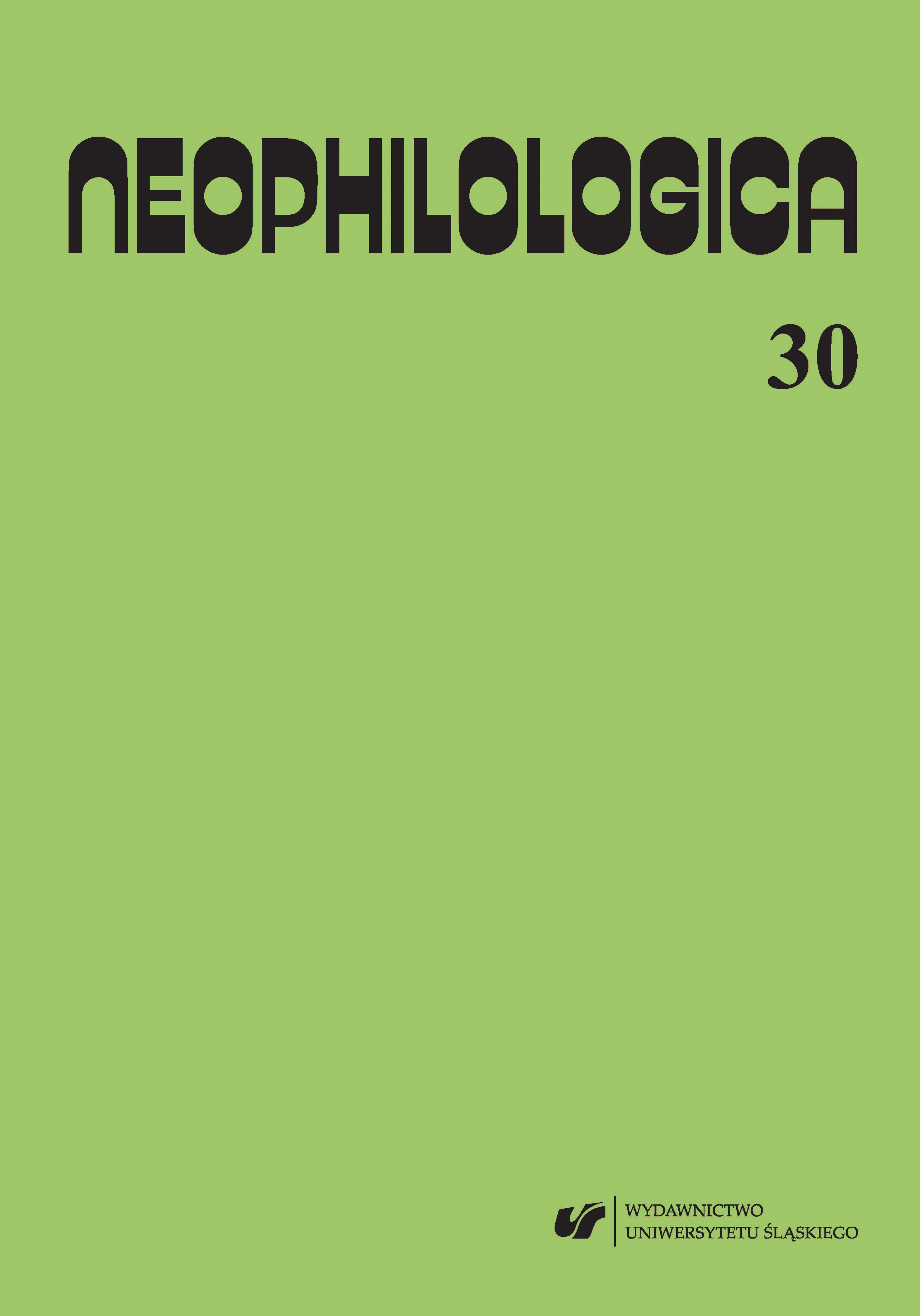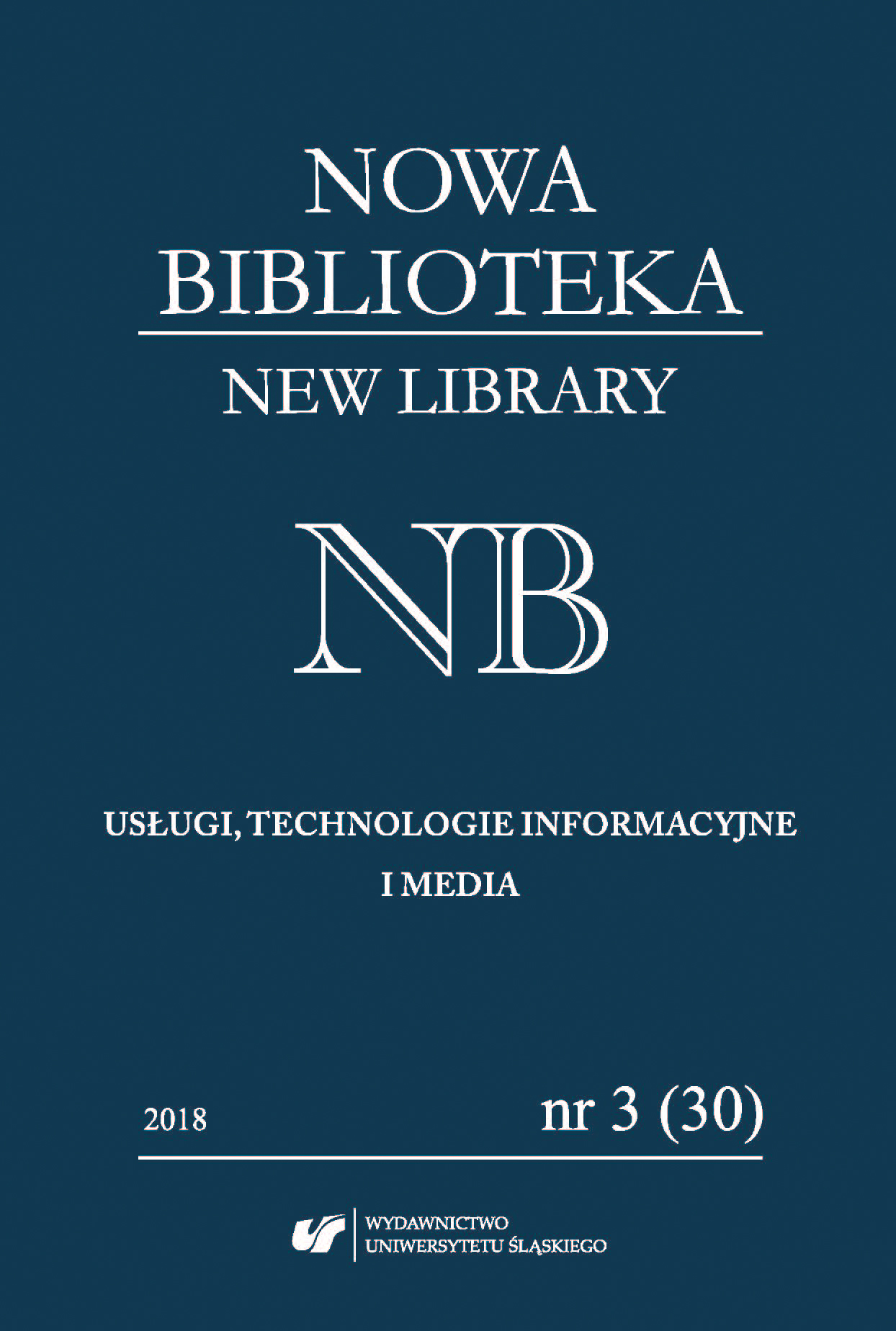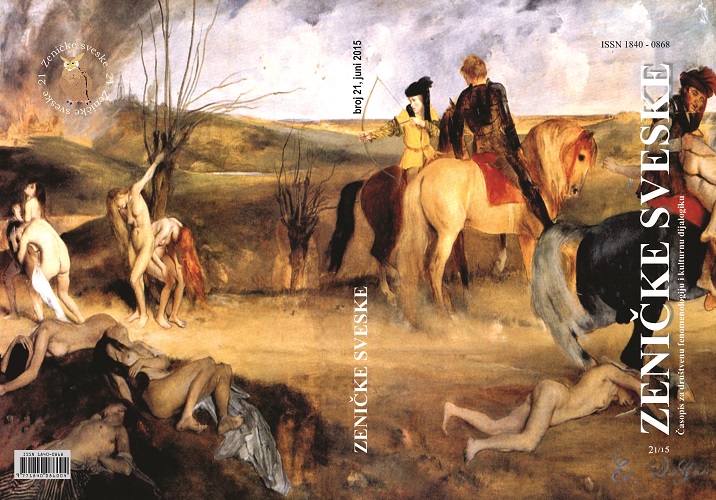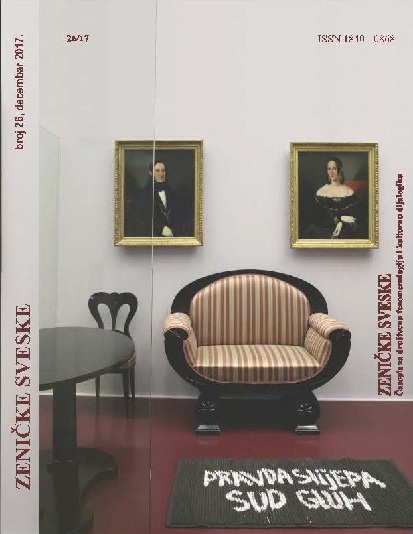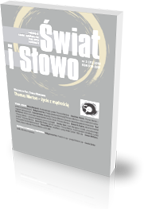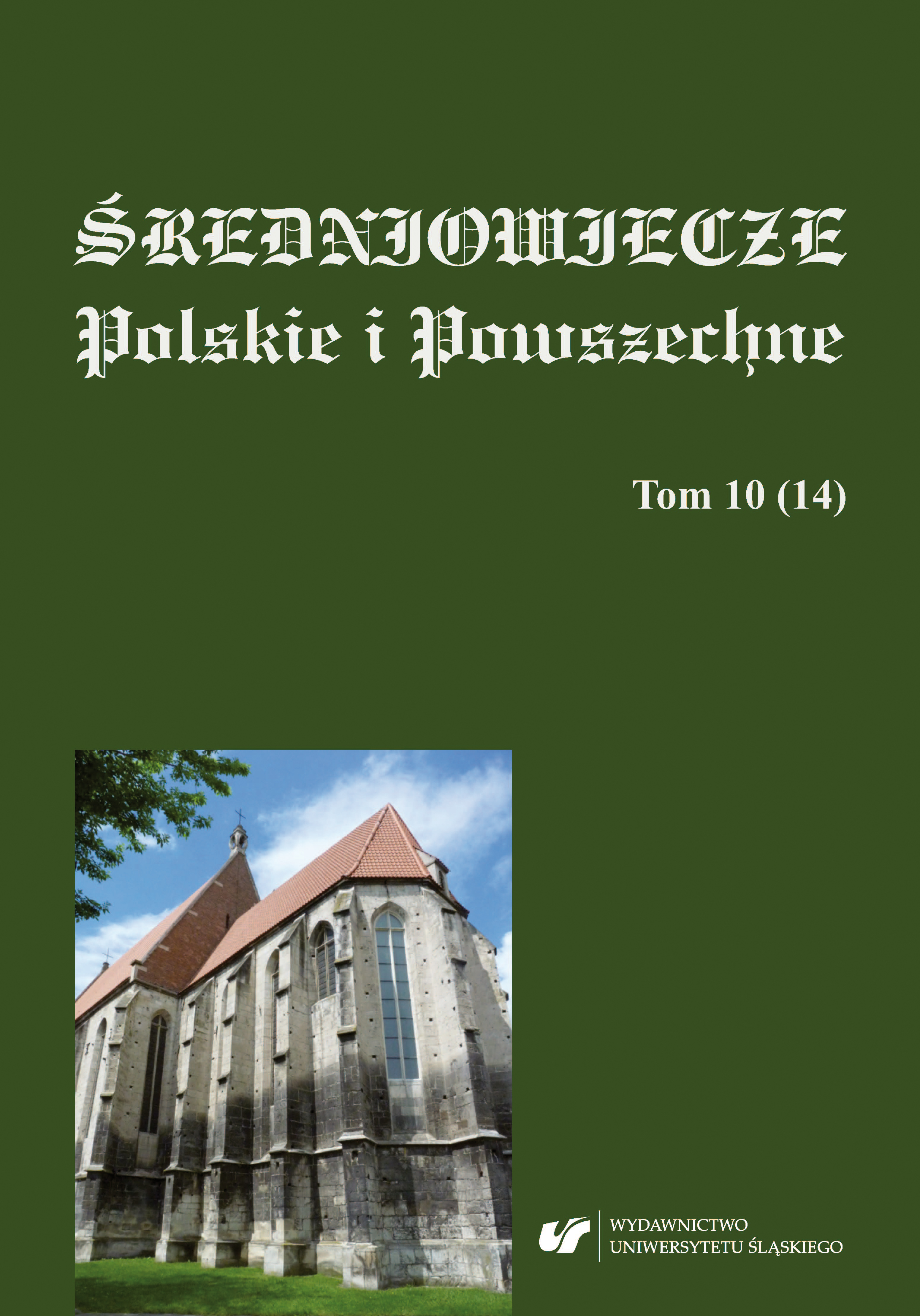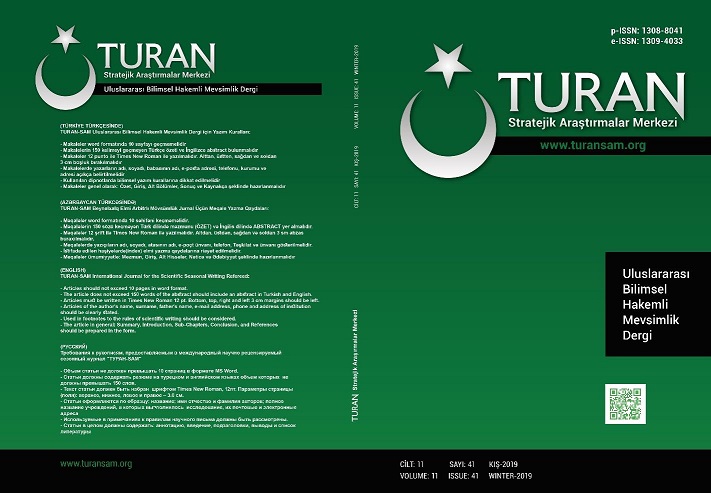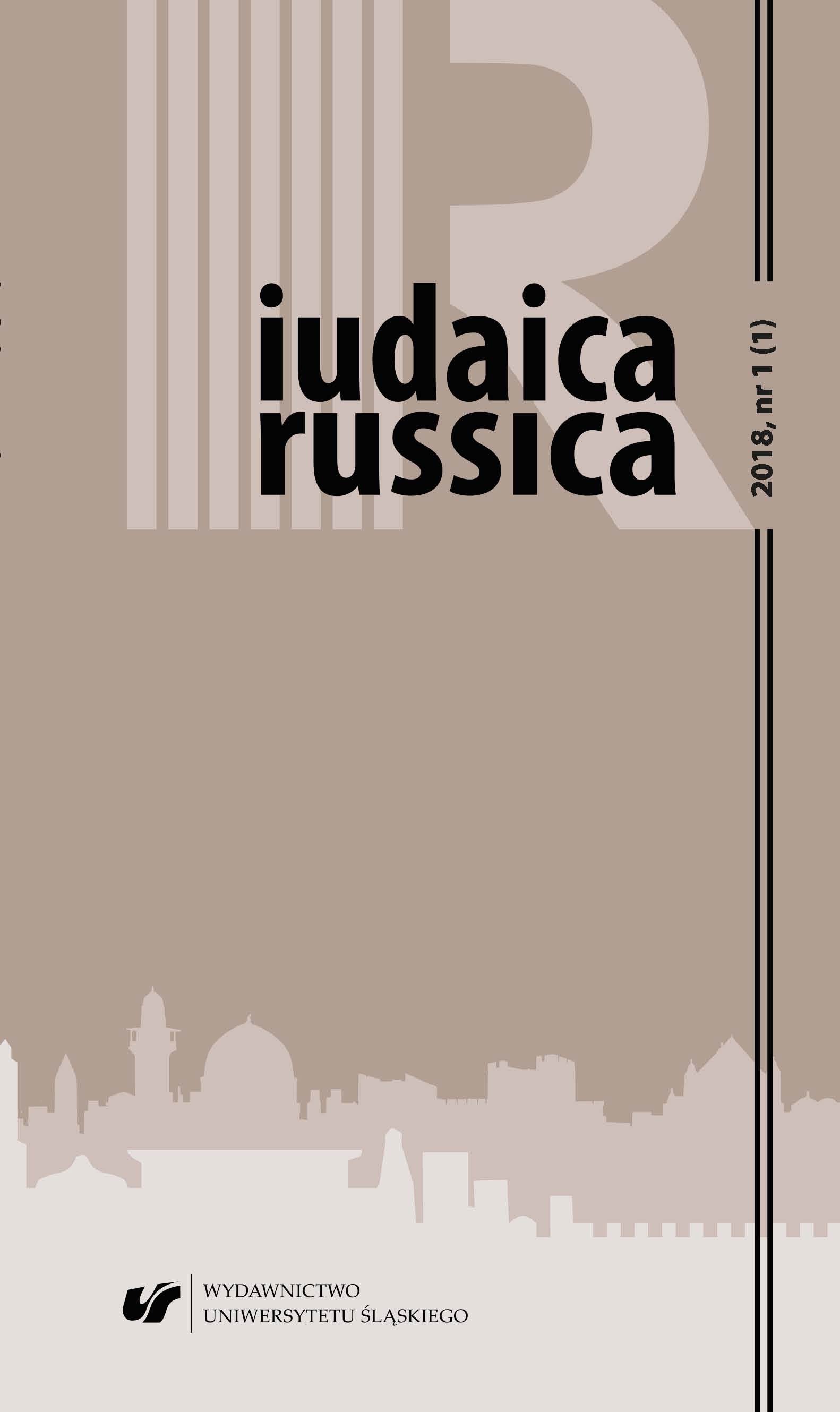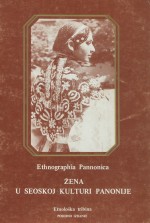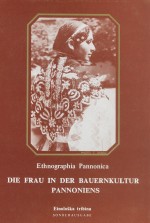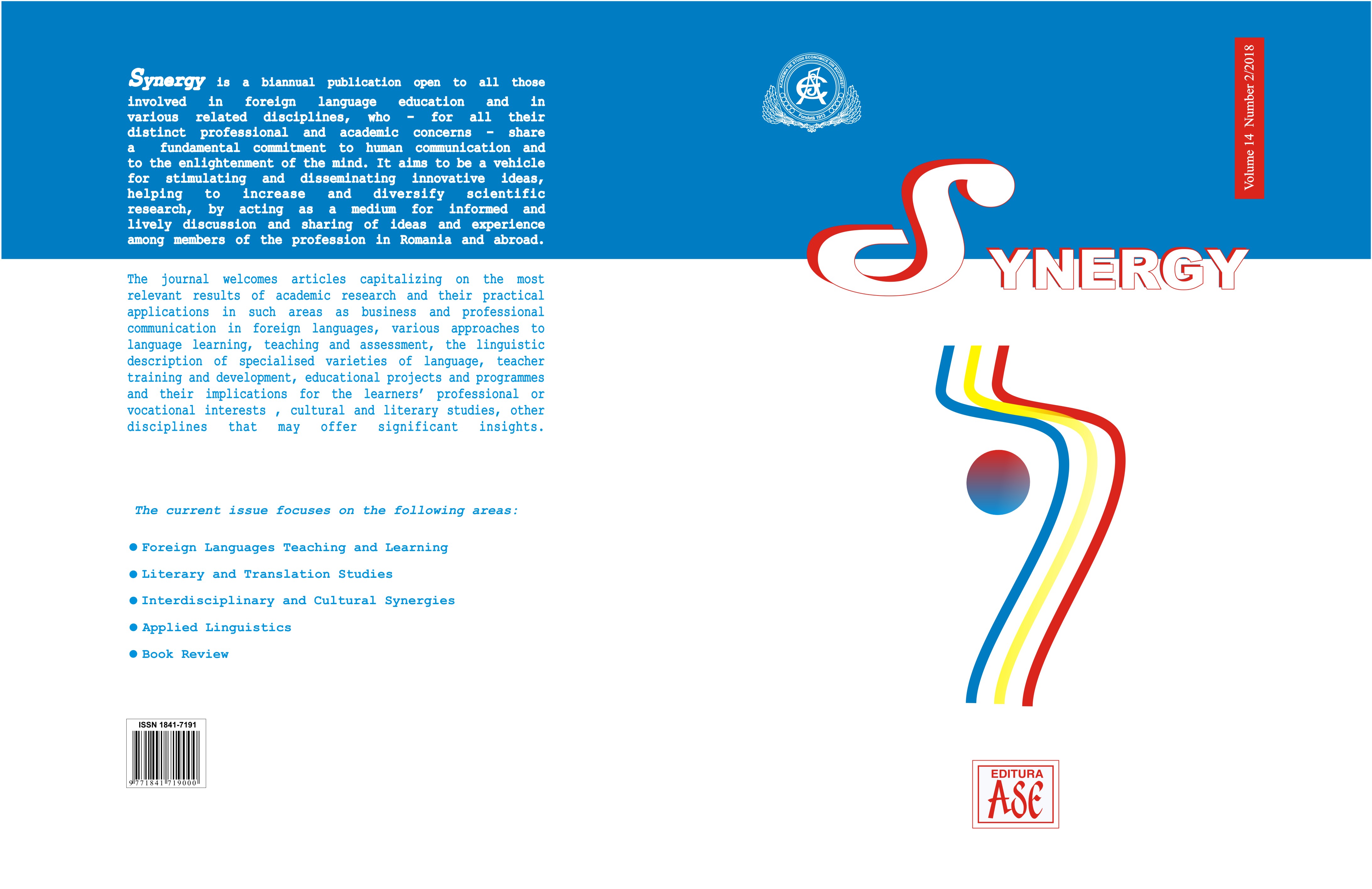
THE UN(TRANSLATABILITY) OF SHAKESPEARE'S BAWDY PUNS: A CASE STUDY OF ROMEO AND JULIET’S EARLY RENDERINGS INTO FRENCH
"He was a savage who had some imagination,” Voltaire noted of William Shakespeare in a letter in 1765, foreshadowing his country’s tumultuous relationship not only with his works, but also with what is probably the most infamous aspect of his style—the bawdy puns. By analyzing two of Shakespeare's ribald wordplay as they appear in six renditions of Romeo and Juliet, the article aims to highlight how early French translators too sometimes interfered with them, for reasons ranging from perceived untranslatability, through their purported non-Shakespearean origin, to they allegedly being faults of the playwright’s time or Shakespeare himself.
More...
